Butt Weld Pipe Fittings
Precision engineered butt weld fittings for seamless pipe connections.
Clamp flexible pipe joint is a type of coupling used to connect two pipes or sections of a pipe.
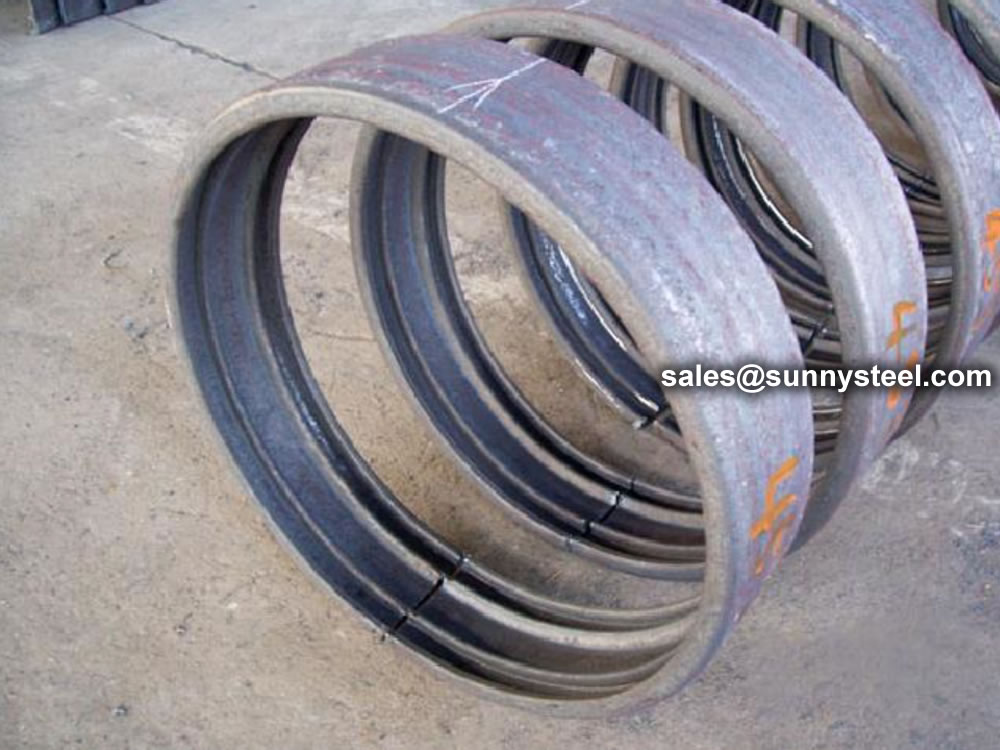
Clamp flexible pipe joint is made up of two flanges and a flexible rubber material sandwiched between them, which allows for some movement and flexibility between the pipes. The joint is connected using clamps or bolts, and can be easily installed or removed for maintenance or repairs. It is commonly used in plumbing, HVAC, and industrial applications to reduce noise, vibration, and stress on piping systems.
Clamp flexible pipe joint is widely used in pipeline connection for conveying various media. It is a new type of flexible pipe joint that replaces flange and compensator for pipeline connection.
Theoretical weight includes the mass of clamps, end clamps, sealing rubber rings, bolts and nuts. The clamp with a nominal diameter of 50-600 consists of two lobes, 700-1000 consists of three lobes, and 1200-2000 consists of four lobes.
Besides being used as an important pipe fitting, couplings are also used in the following:
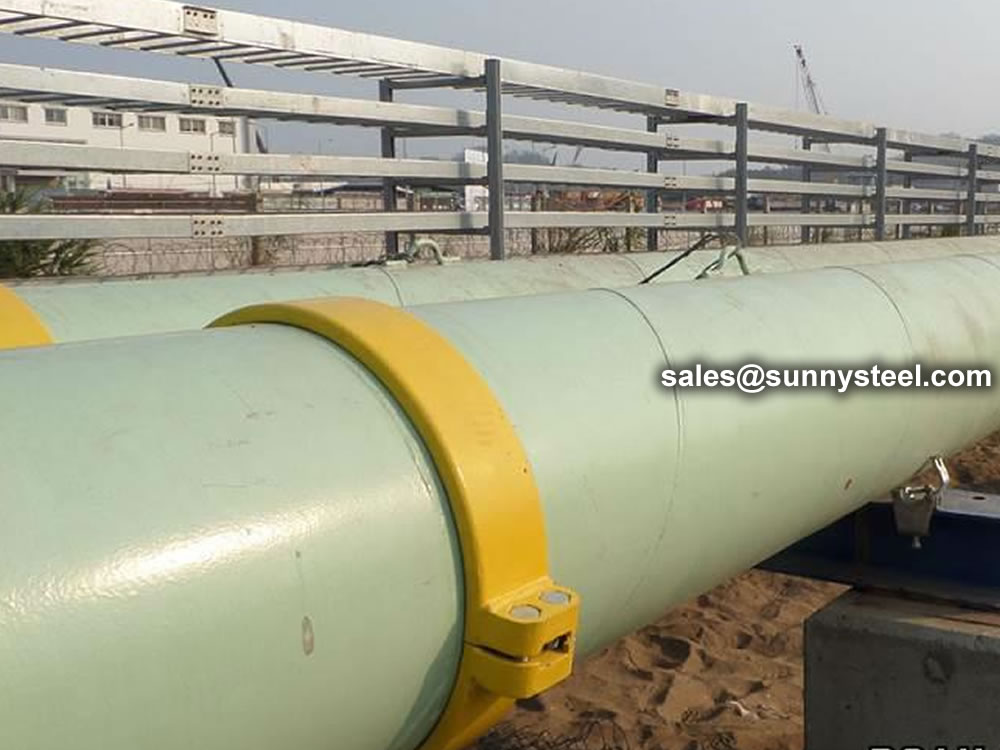
Pipe couplings are primarily used to join two or more sections of pipes together. They provide a secure and leak-proof connection, ensuring the continuity of fluid or gas flow in the piping system.
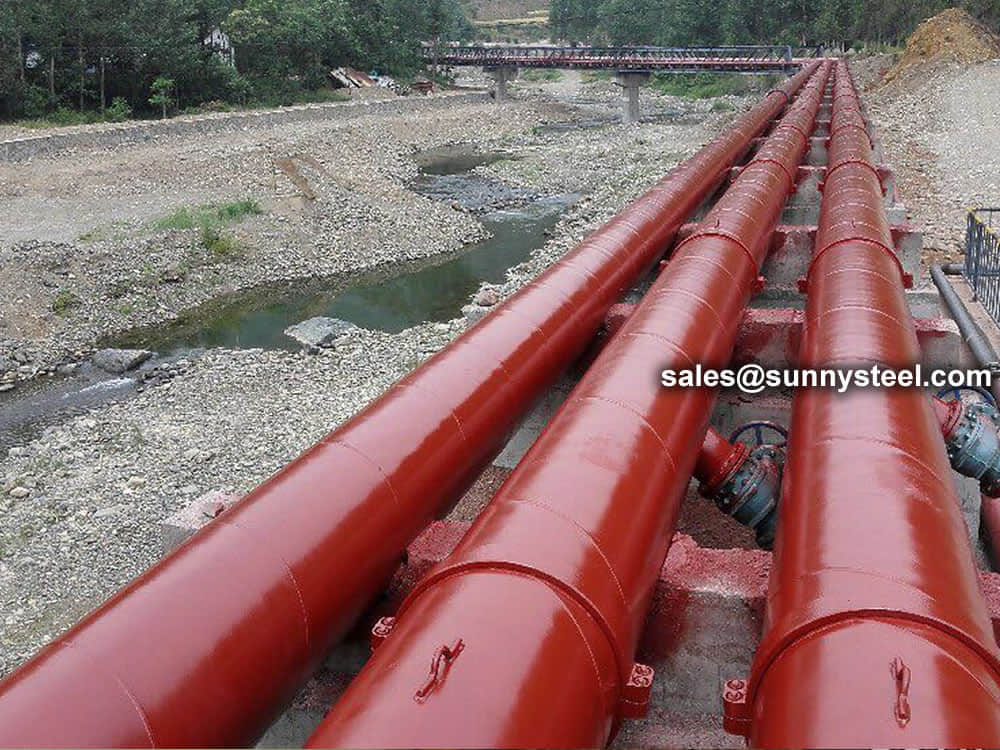
Couplings are often used for pipe repair and maintenance. They allow for the quick and easy replacement of damaged or corroded sections of pipe without the need for extensive cutting or welding.
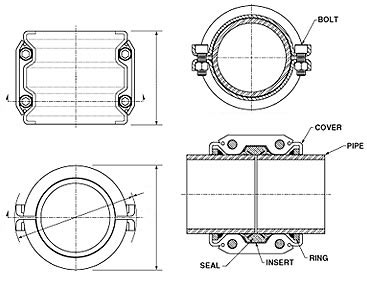
Parts of Pipe Coupling
Some important features of couplings are as follows:
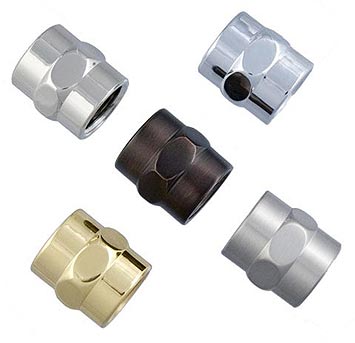
Pipe couplings are made of various materials and the buyers should always consider the material used for making them. Some of the materials used for making couplings are:
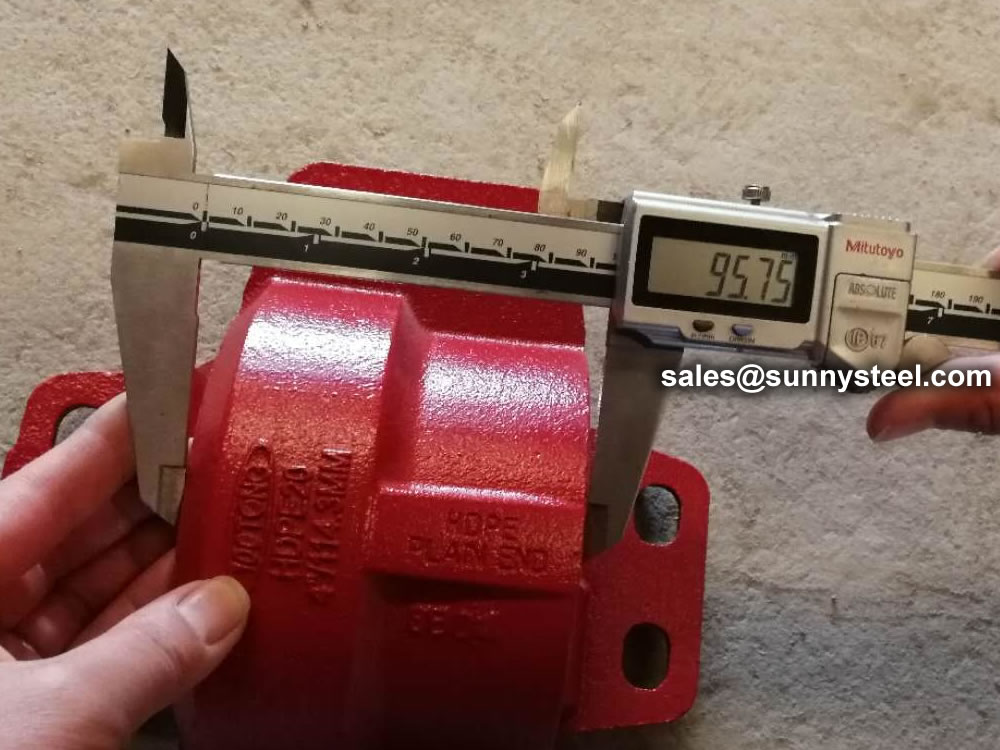
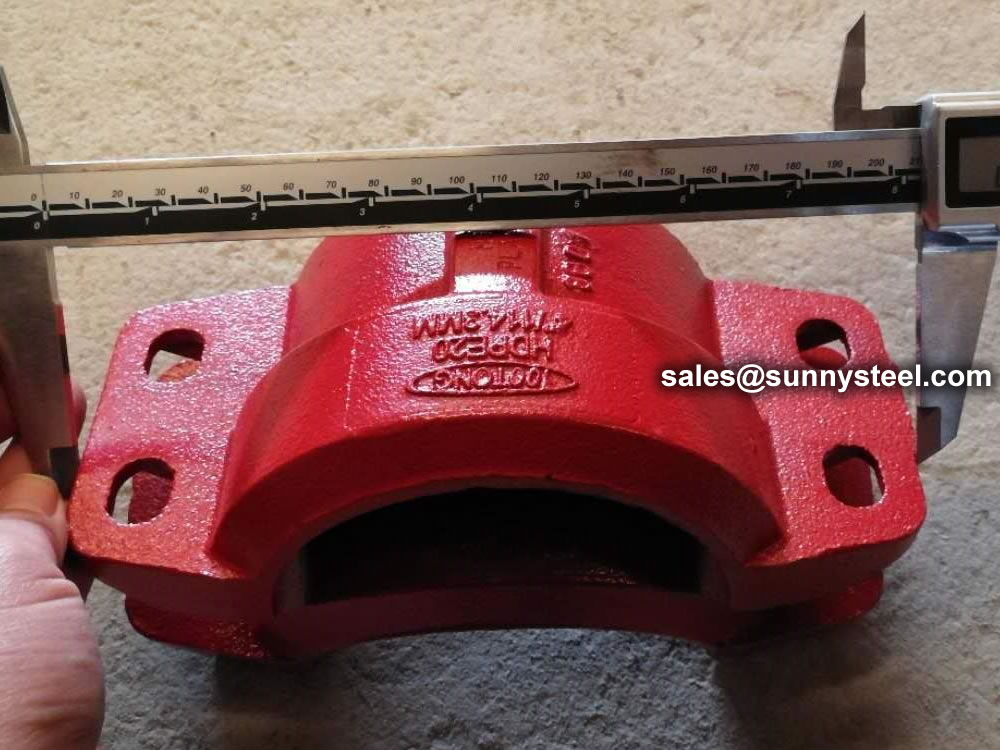
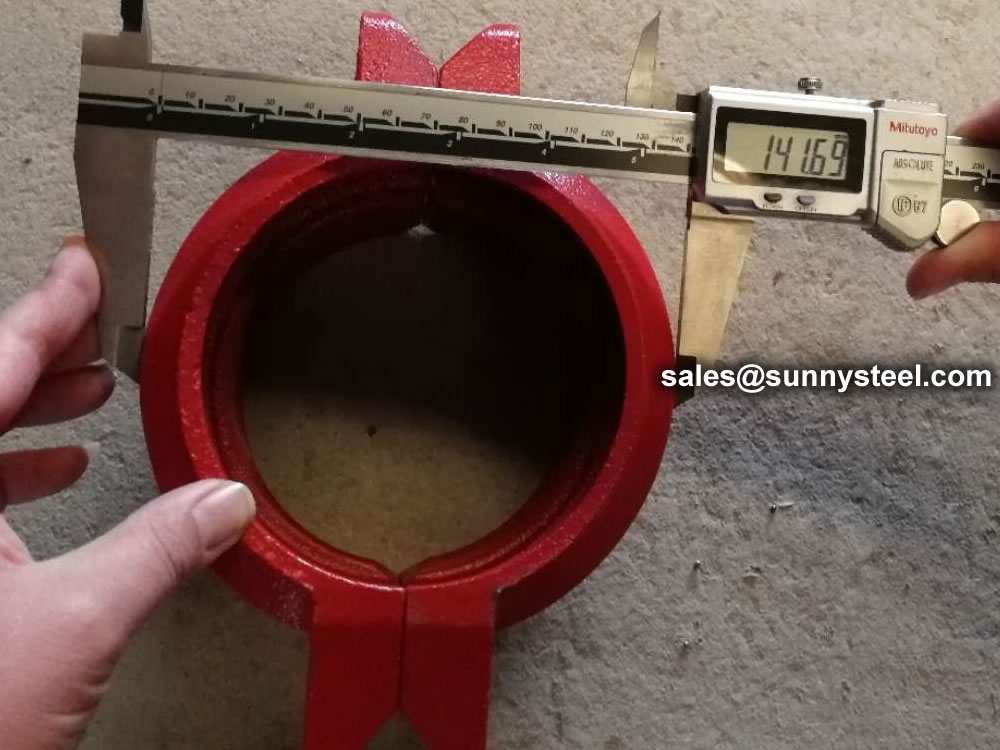
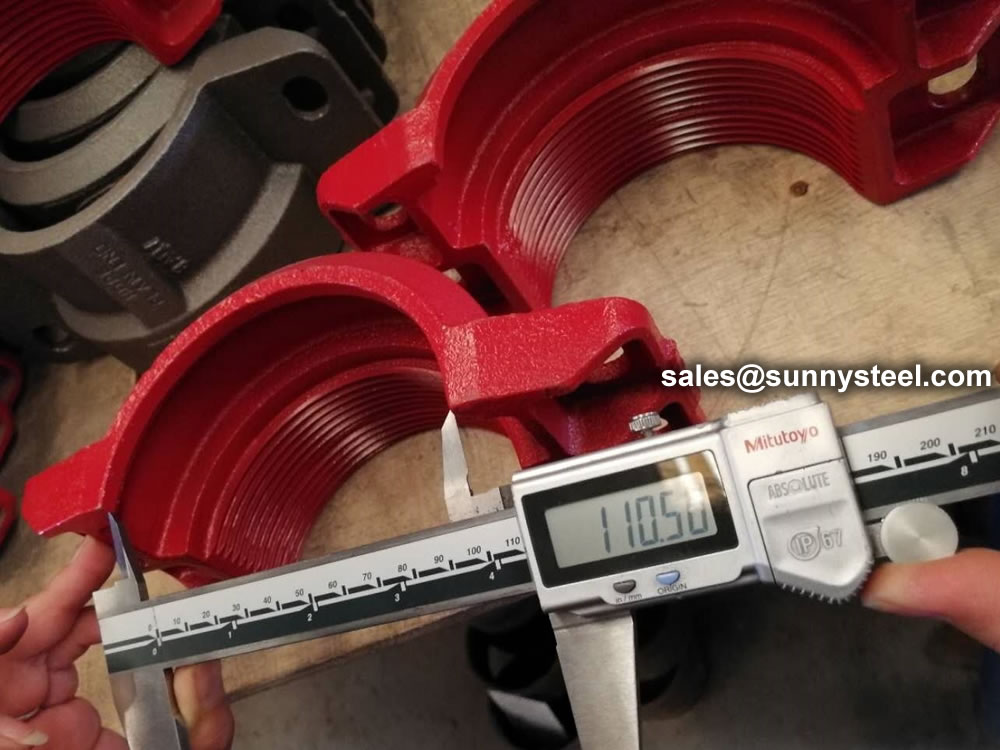
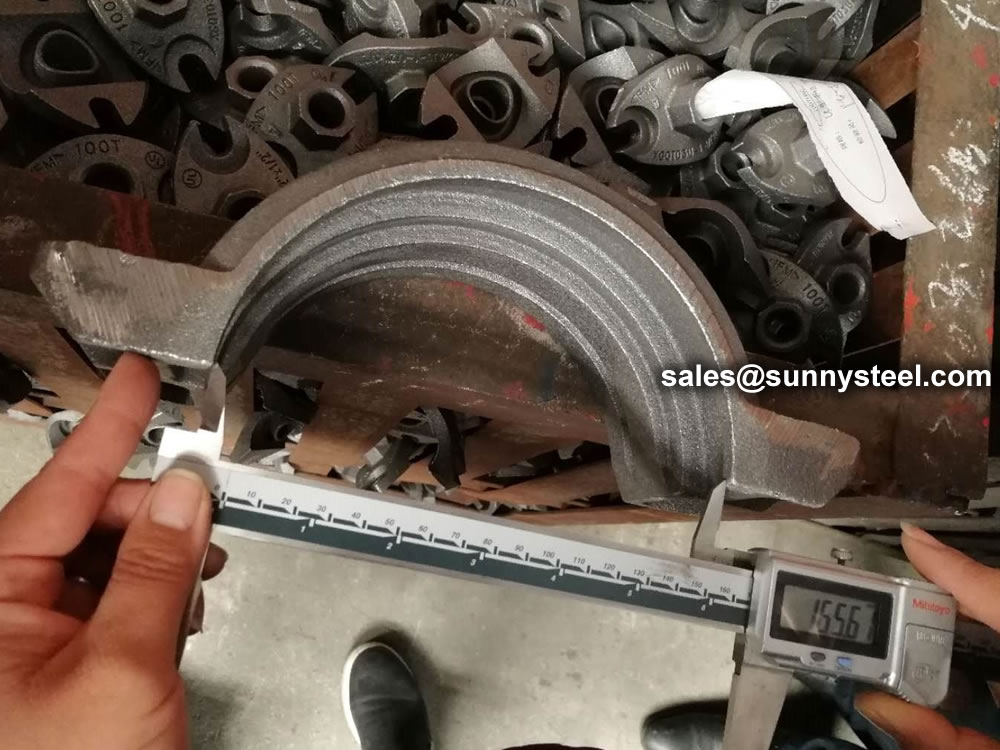
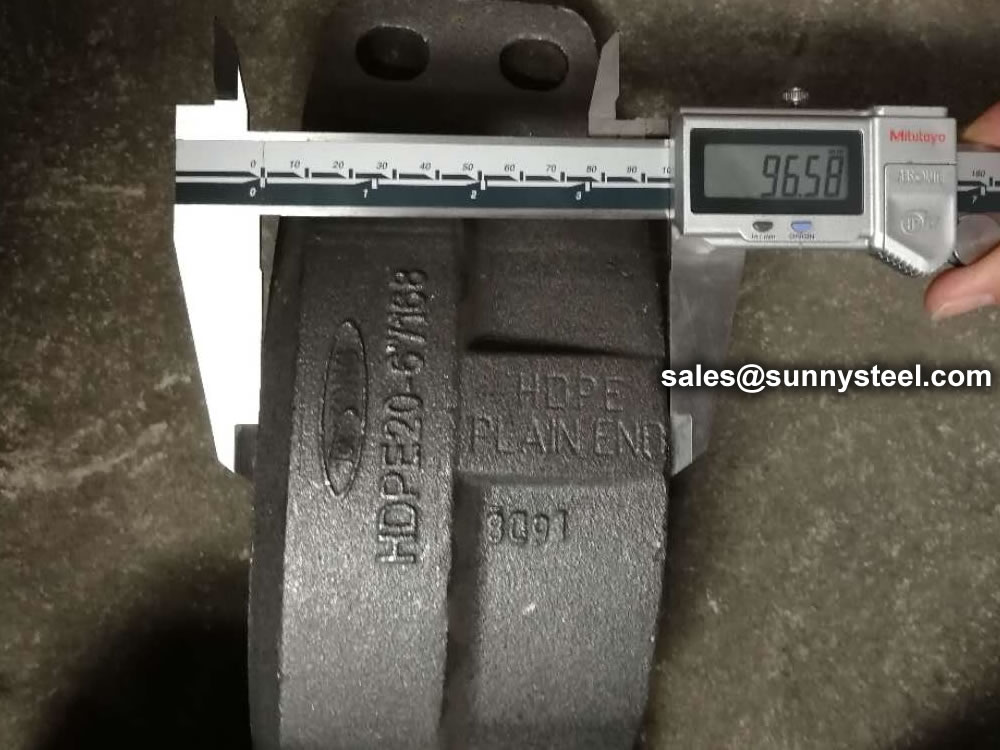
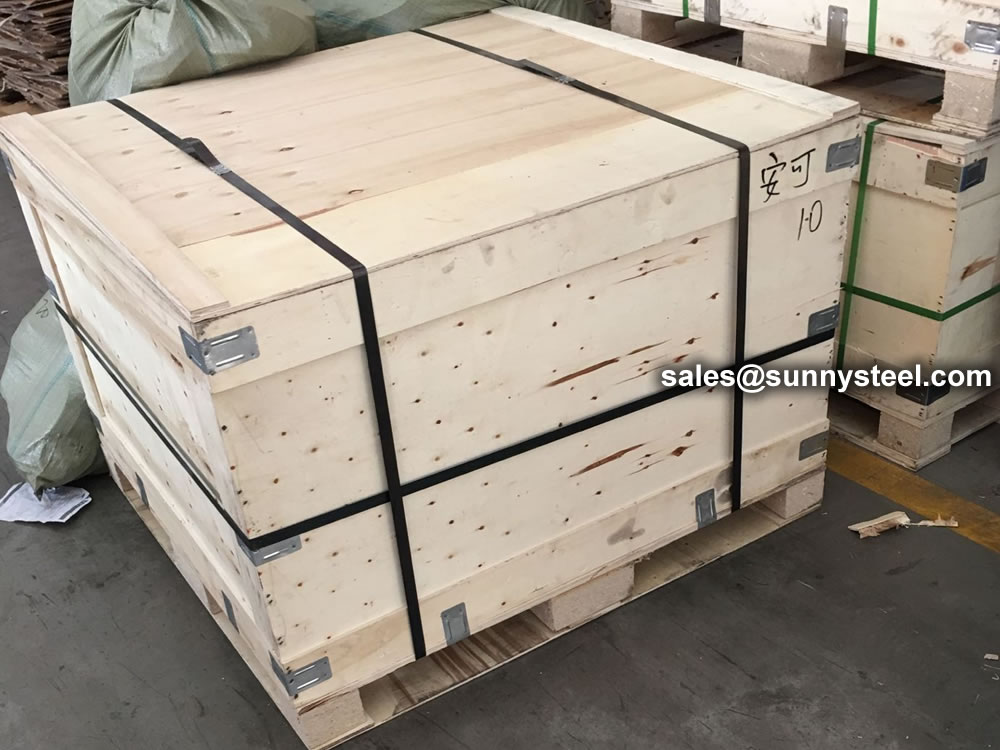
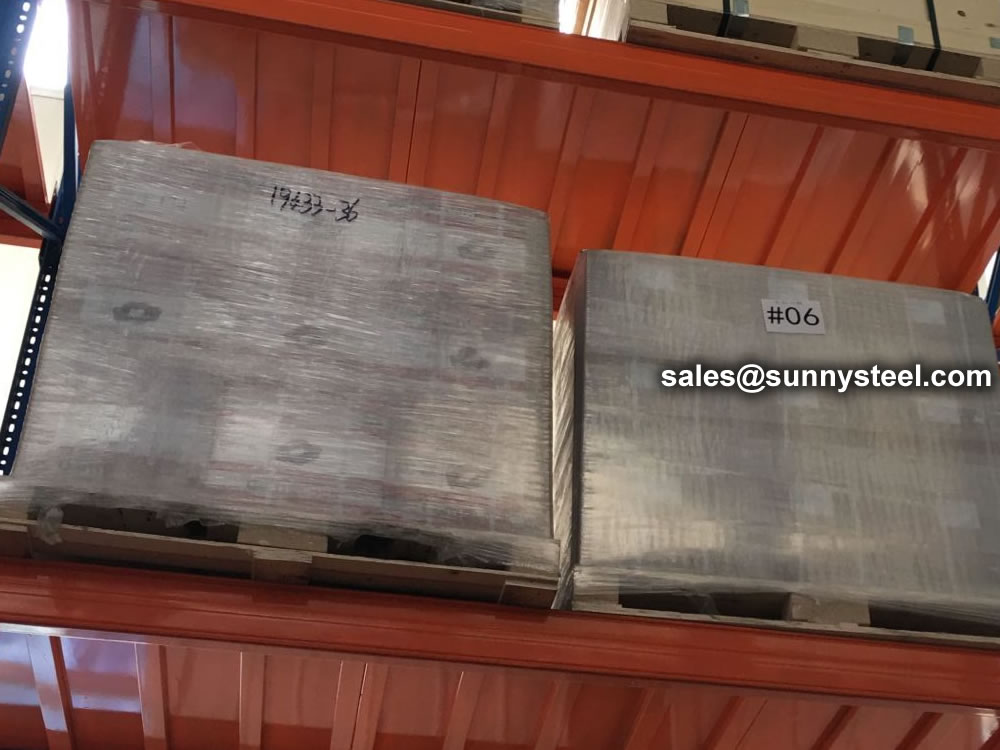
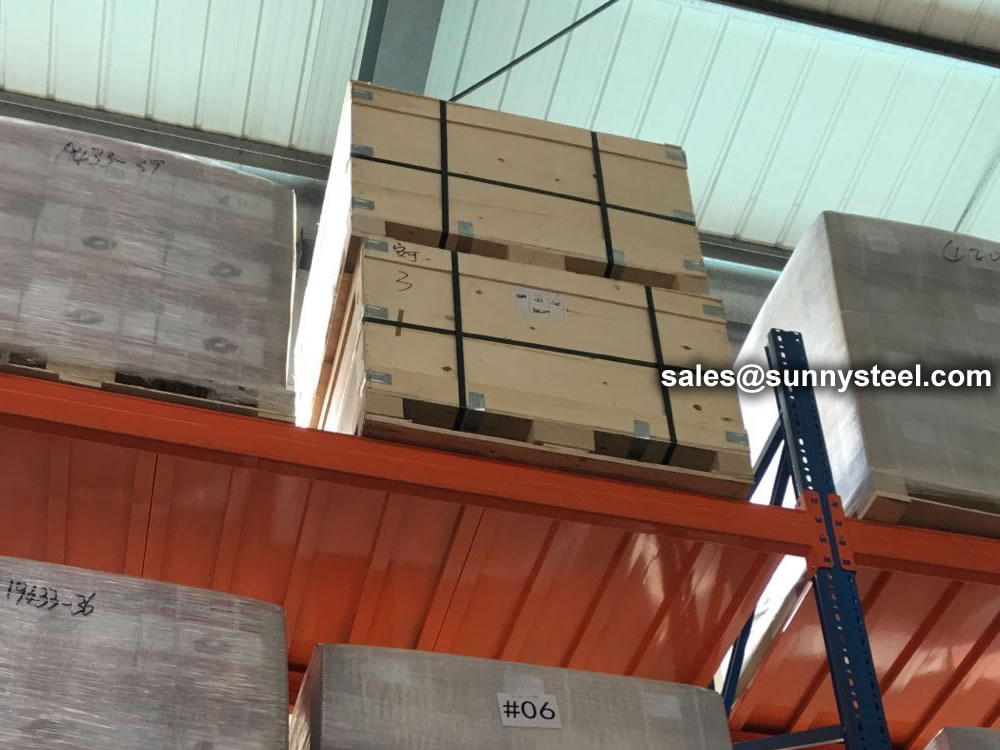
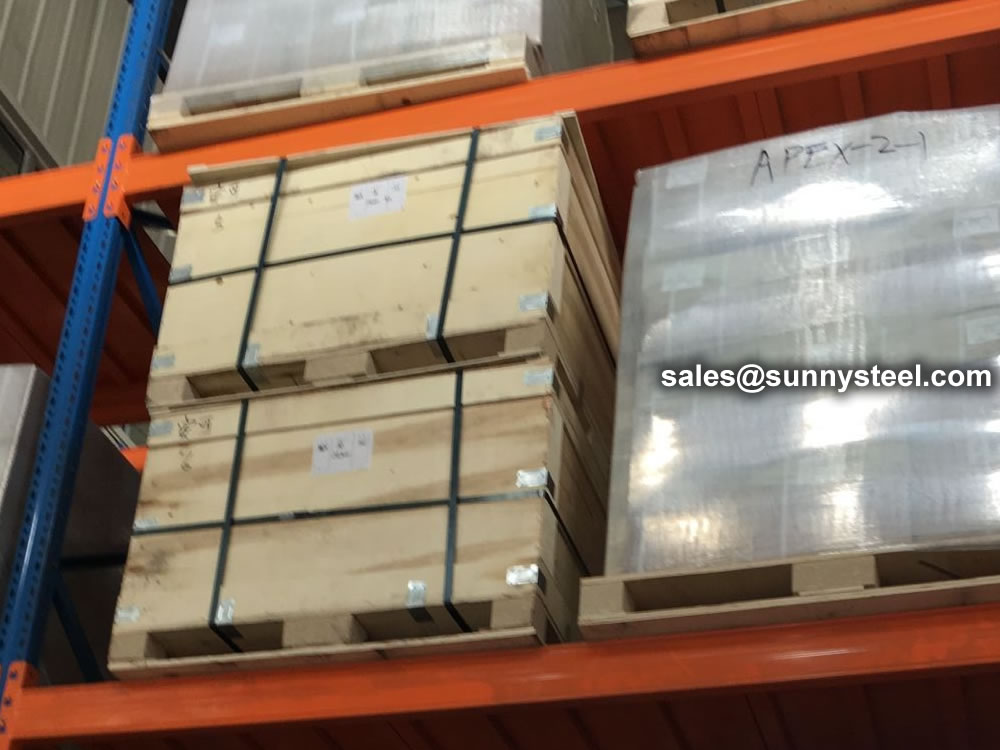
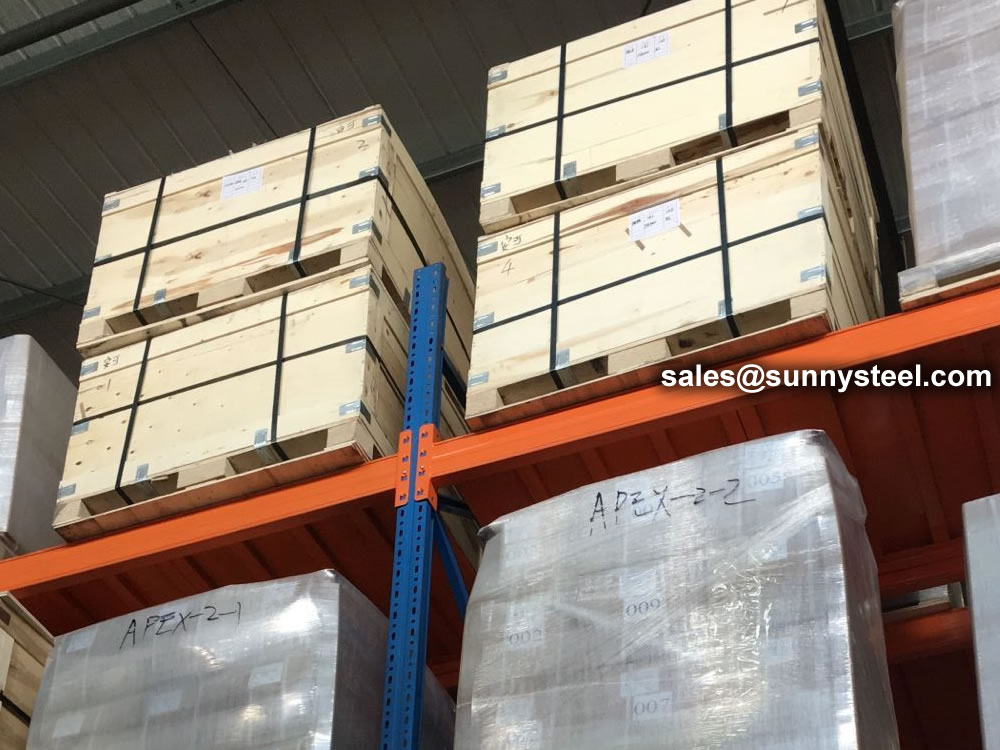
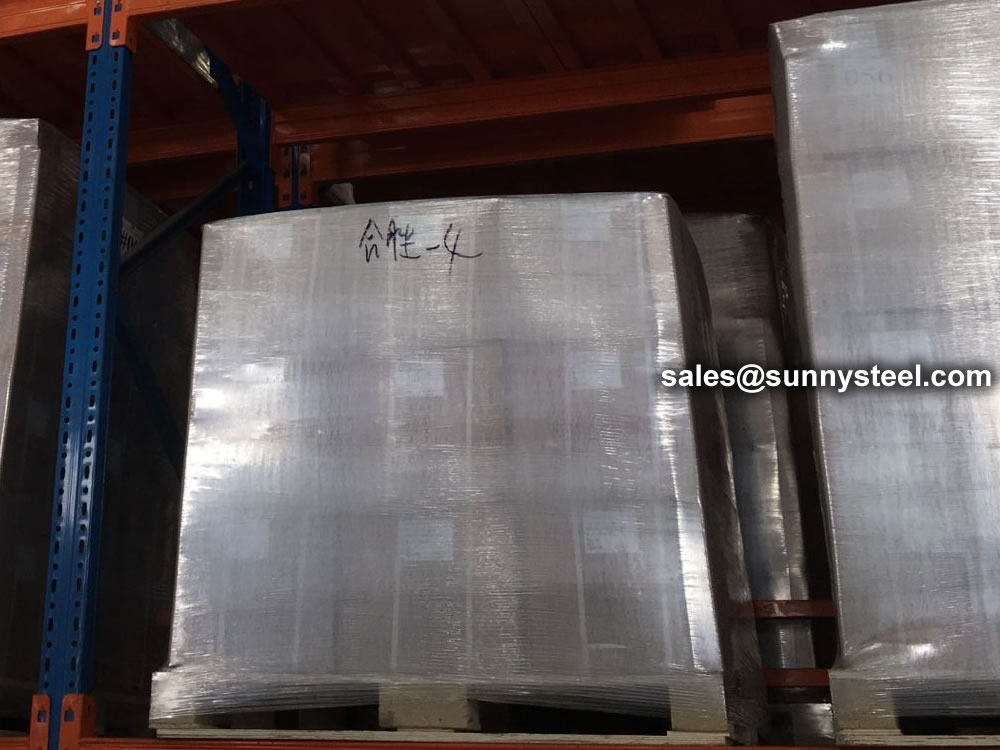
Any type of packing is available according to customer need to worldwide destinations.

When you partner with Sunny Steel, you can stop worrying about meeting deadlines thanks to our responsive and timely service. You'll also say goodbye to unnecessary shopping around. Instead, you'll get white glove service from an expert who understands your needs and can get you the materials you need quickly.
